We are the size of your palm – Spare a little time for us
Did you know, the area of your tyre in contact with the road at any one time is only the size of your palm. When you think about it, that’s a very small area you’re trusting to keep you safe and keep you on the road in bad weather. It’s so important to check your tyres regularly to ensure you have enough tread to be as safe as possible on the roads. As tyres wear unevenly, it’s pretty much impossible to judge this by eye and when you do check your tyres, you need to bear in mind that they can wear in patches. Just because the first spot you check is perfect doesn’t mean you won’t have a more worn area elsewhere.
What are your legal requirements?
Having worn tyres is a safety risk, but if they’re too worn, you could also be breaking the law. While having worn tyres might not sound like a major crime, it does come with some hefty penalties. For each worn tyre you could receive a fine of up to £2500 and three points on your license. So if all four of your tyres are too worn it could cost you a whopping £10,000 and you could even lose your license. That’s certainly far more money and inconvenience that simply replacing your tyres when you need to!
The legal requirement in the UK is a tyre tread depth of 1.6mm. This must be across the whole of the middle three quarters of the tyre and it applies to the entire tyre, so it’s no good having tyres that are above 1.6mm most of the way round but with a shallower area in one part, no matter how small. Remember that palm sized spot? If your worn spot happens to be in contact with the road when you hit ice it could be disastrous.
Did you know… the average tyre has a lifespan of 50,000 miles, but can be as little as 2,000 on some performance cars!
Experts believe this is not sufficient
So you’d think that if you checked your tyres and they’re within the legal requirements then you’re perfectly safe right? Well actually this isn’t necessarily the case. Experts suggest that this minimum legal requirement is not sufficient for keeping you safe, especially in wet conditions when the tread of the tyre moves water on the road away from that part of the tyre in contact with the road.
So what do the experts suggest is a better tread depth that you can rely on? Well a minimum of 3mm is the most commonly suggested tread depth for true tyre safety on the roads. Tests conducted by the Motor Industry Research Association at their test track in Nuneaton show that any tread depth under 3mm greatly increases those all important stopping distances. Let your tyres deteriorate to the legally required 1.6mm and you’re increasing your stopping distance in wet conditions by up to 44%.
Did you know… One tyre can move up to a gallon of water every second!
How often should you check your tyre tread depth?
Many people simply don’t check their tread depth frequently enough. Your tread depth can change fast. Within just a few days they can change from being perfectly fine to unroadworthy without you even realising. It’s recommended that you check your tread depth every four weeks, and check again before you set off on a long journey. It is easy to forget, it seems unimportant when you’ve got a busy life and other things to do, but it can save lives so why not sign up for our newsletter and get a reminder to check your tyres every month? Checking your tyres only takes a few minutes and can really help to keep you and your family safe on the roads.
Photo: Alex Borland (publicdomainpictures.net)
How to check your tyre tread depth
There are several ways to check the tread depth of your tyre. First ensure that the ignition is off, the handbrake is on and the steering is in full lock.
Tread Wear Indicator
All tyres have a Tread Wear Indicator or TWI on them. Look for the letters TWI or another symbol on the edge of the tyre. Different tyre manufacturers use different marks or symbols, so if you can’t locate the marks, look it up on the manufacturers website. Near these marks you’ll them see bumps within the grooves of the tyre. You should find them in several locations around the circumference of the tyre. These bumps are set at the minimum legal tyre tread level, so if your tread is lower than any of these bumps or flush with them, you definitely need to replace the tyre. No further checking is necessary, get that tyre changed straight away.
Using a tread depth gauge
A tread depth gauge is a simple gadget that can bought for just a few pence but it’s very useful. Insert the gauge into the tread and check that your tyres are at the correct depth. Don’t forget to repeat this in several places around the circumference of the tyre. Digital tread gauges are also available and they’re quite inexpensive too.
The 20 pence trick
If you haven’t yet purchased your tread depth gauge, it doesn’t mean you can’t check the depth of your tread. All you need is a 20 pence piece! So rummage through your wallet or down the back of the sofa and once you’ve found a 20p, keep it in the car for future use. This method is so quick and simple, you really have no excuse not to check your tyres regularly.
All you need to do is insert your 20p into the tread groove. You’ll notice there’s a band that runs all round the coin. When inserted, if you can see that band on the edge of the coin that is in the groove, your tyre is below the legal limit and needs to be replaced. Again, remember to repeat this in several places around the tyre.
Watch this handy YouTube video from Ford UK to see exactly how this technique works.
Did you know… The average tyre rotates over 26 million times in its lifetime.
Tyre Pressure checking is vital too
So you’ve checked your tread depth and you know your tyres are safe to use. That’s great, but there’s something else to consider too, and that’s your tyre pressure. No matter how new your tyres are, if the pressure isn’t at the right level, you could still be at risk. Incorrect tyre pressure can affect your braking speeds and the car’s handling. It can also cause your vehicle to use more fuel, so check your pressure and you could even save yourself money.
Handy tool: We've developed a tool to help you check your Tyre Pressures. Simply enter your make and model and we will show you the perfect tyre pressure for your vehicle.
How often should you check your tyre tread depth?
It’s advisable to check your tyre pressure every week and before you take a long journey. Your tyres should be cold before you check them as warmer tyres can give inaccurate readings, so checking them at home is the best option. If you don’t have a home pressure gauge and you need to visit a garage, then choose one that is closest to your home or work.
But my car does this for me!
Many modern cars will show you the pressure of the tyres on the display but you shouldn’t rely on this as it may not be a true representation of your actual tyre pressure. While this can be a good indicator, it’s always best to double check and measure your pressure manually.
Did you know… Car tyres are naturally white in colour, the black is added in afterwards.
What should your tyre pressures be?
Different cars will require the tyres to be at different pressures and the front tyres will likely require a different level of pressure to the rear tyres. So, the first step is to find out what your pressure needs to be at. Usually you’ll find a sticker somewhere on the bodywork of the car, perhaps on the inside of the driver’s side door. This will give you the information you need. If you can’t find it, or it isn’t present on your vehicle, then look in your handbook or find the details on the manufacturers website. You may also need a particular level of pressure dependent on your needs. A couple with three kids and a large dog who regularly travel with a lot of luggage will have different pressure requirements than a person who travels alone.
How to check your tyre pressure
You’ll need a pressure gauge to measure your tyre pressure at home. These days you can get some great inflators with built in gauges that make the job easy. The gauge will have two readings, bar and PSI, so make sure you’re looking at the right settings or the readings will not make sense!
Remove the valve cap, and put it somewhere safe, they’re easy to lose! Attach your gauge to the valve stem and check the reading. If it’s over the recommended level you’ll need to let some air out and measure again. If the reading is under you’ll need to add more air into the tyres.
If you’re checking your tyres at a garage, you’ll usually find that you can set the required pressure level of the machine and it will stop adding air when it reaches the desired level.
Did you know… The word tyre comes from the word ‘attire’ - it’s clothing for the wheels!
Find out how old your tyres are
Tyres deteriorate with age. Contrary to what you might think, it’s actually the case that a vehicle that is used less often could have tyres that deteriorate more quickly. If you can’t remember when you last changed your tyres, or you’ve bought an older vehicle and would like to know how old the tyres are, you can find out this information simply by looking at the sidewall of the tyre. Here you’ll see four numbers, usually after the word DOT. This is the week number and the year number, so 1218 would be tyre manufactured in the twelfth week of the year 2018. This can also be useful if you’re buying new tyres, to ensure you’re not being fitted with older tyres!
The below tyre is a perfect example, at the time of the picture in August 2019 the tyre is nearly 8 years old having been produced in the 29th week of 2011. While the tread is still above 1.6mm, the side wall and areas of the tyre surface have cracked resulting in a decreased stopping distance and a likely MOT failure.

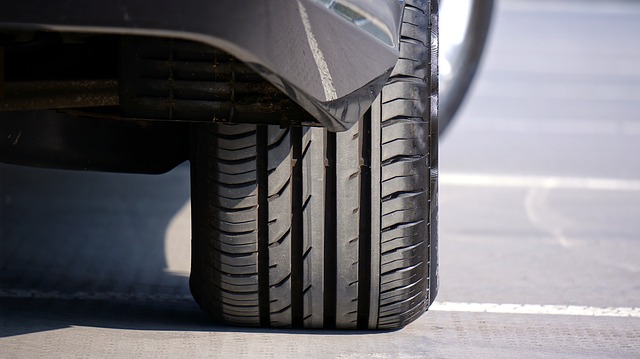
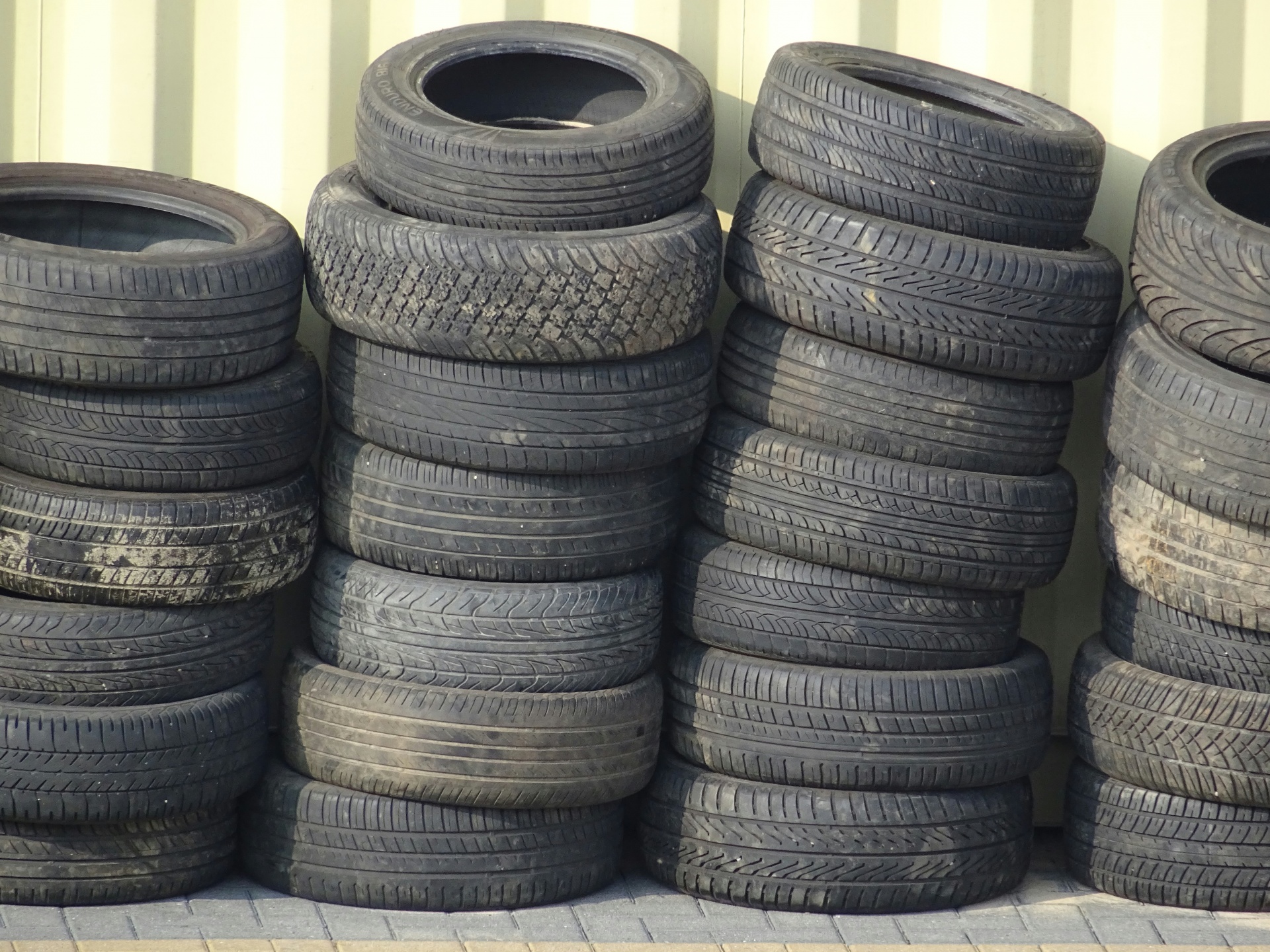
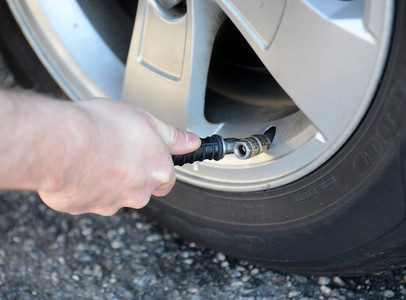
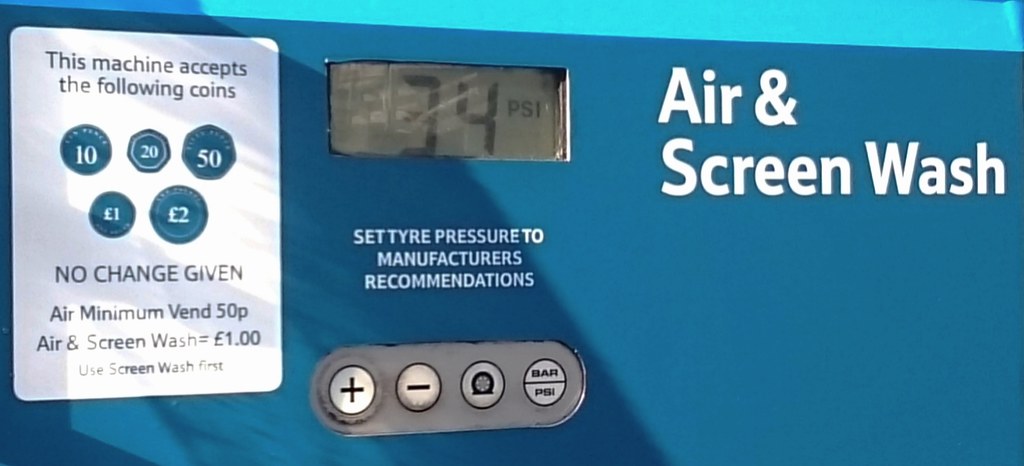
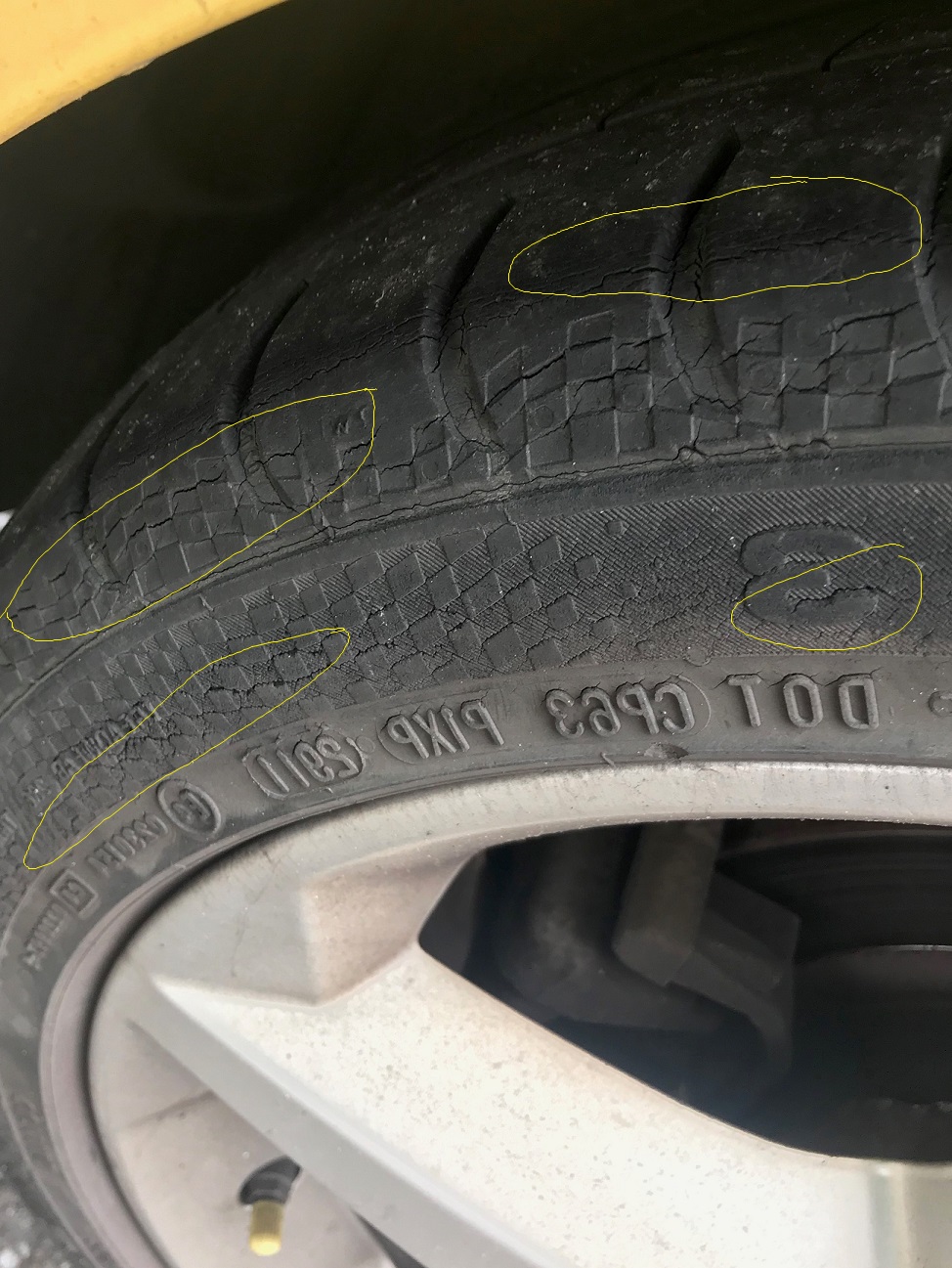
Comments